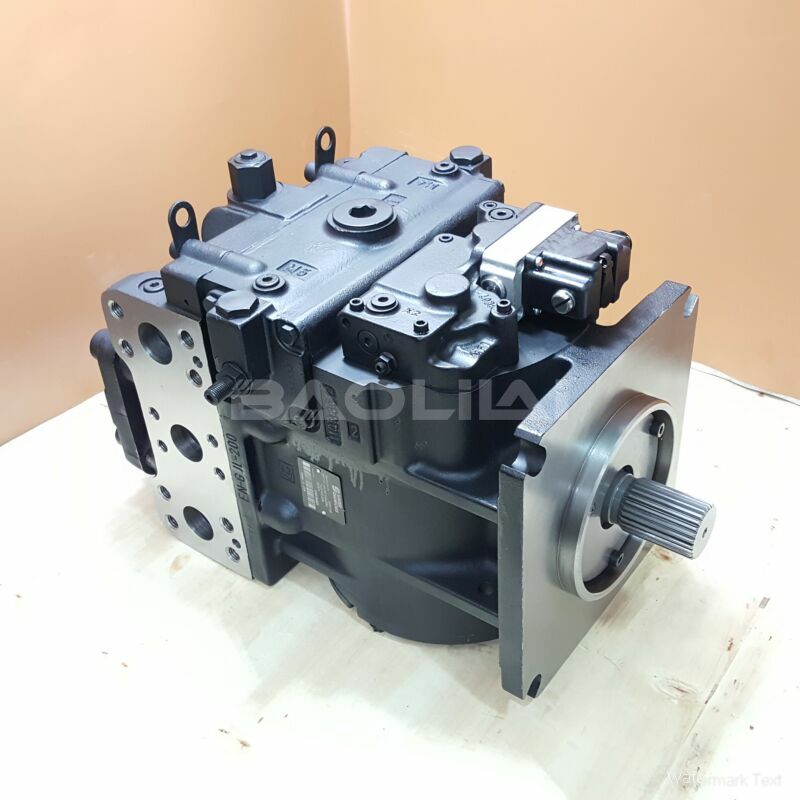90R075MA1CD60D4C7L03GBA383824 hydraulic pump
90R075MA1CD60D4C7L03GBA383824 hydraulic pump

- Product Details
- Applicable Scene
The textile industry is one of the most resource-intensive sectors, consuming vast amounts of water and energy while generating significant waste and pollution. As the demand for sustainable practices in this industry grows, innovative technologies are emerging to address environmental challenges. Among these technologies, plunger pumps have gained attention for their role in supporting sustainable textile dyeing practices.
90-R-075-MA-1-CD-60-D-4-C7-L-03-GBA-38-38-24
90R075MA1CD60D4C7L03GBA383824
Plunger pumps, also known as positive displacement pumps, offer several advantages crucial for enhancing the sustainability of dyeing processes. One of their primary benefits is the ability to accurately control the flow rate of dyeing agents, which leads to more efficient use of water and chemicals. Traditional dyeing methods often result in excessive water usage and unpredictable dye application, leading to both waste and inconsistencies in color quality. By utilizing plunger pumps, manufacturers can regulate the amount of dye and auxiliary agents delivered to the textile, minimizing overuse and ensuring that dyeing processes are conducted with precision.

11180382
Moreover, the high-pressure capabilities of plunger pumps make them suitable for a variety of dyeing methods, including high-temperature dyeing and other advanced techniques. This flexibility allows manufacturers to utilize alternative, environmentally friendly dyes and chemicals that may require specific pressure and application settings. As a result, the integration of plunger pumps into dyeing processes can facilitate the transition to innovative dyeing formulations that are less harmful to the environment while maintaining high-quality standards.
Another significant advantage of plunger pumps is their durability and low maintenance requirements. The robust design of these pumps minimizes downtime and ensures continuous operation, which is vital in large-scale production environments. With reduced maintenance costs and improved reliability, textile manufacturers can allocate resources more effectively and invest in further sustainability initiatives.





